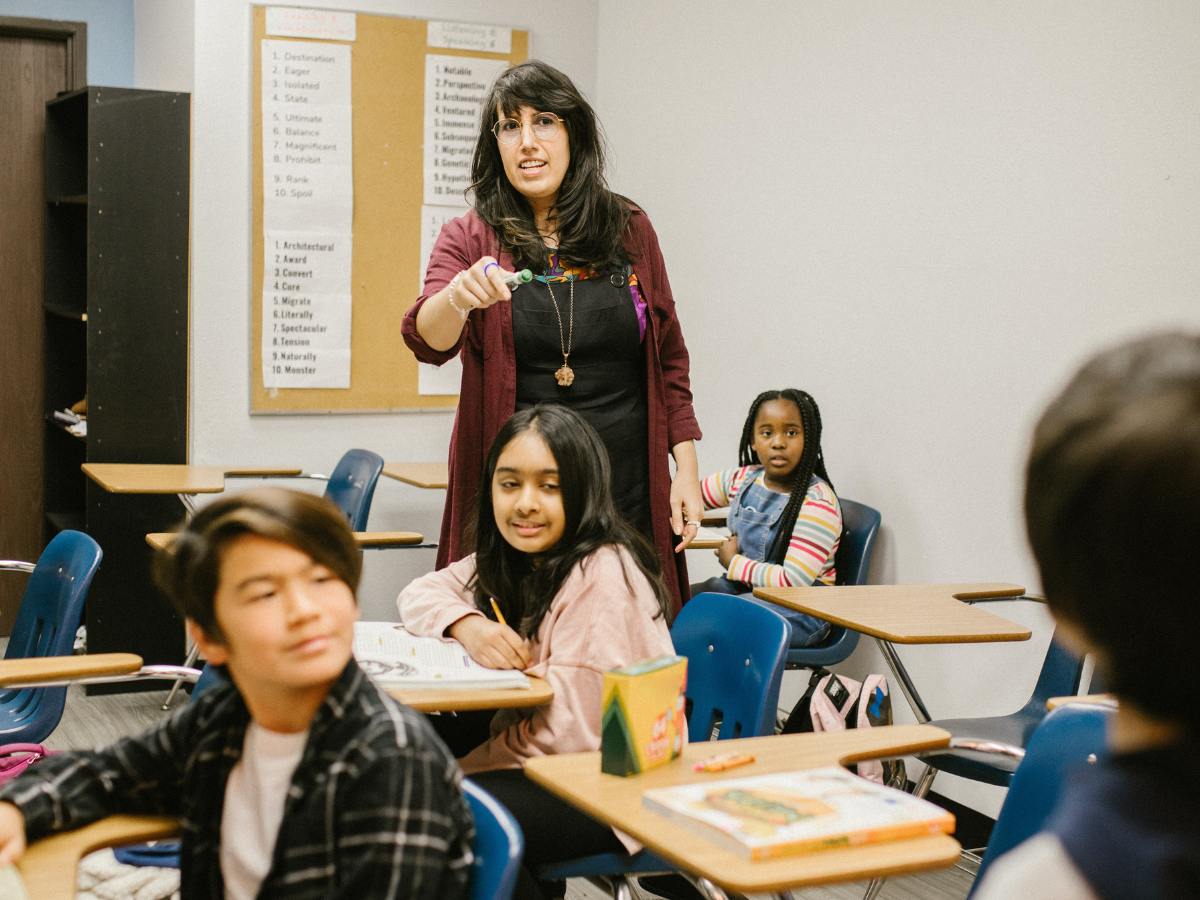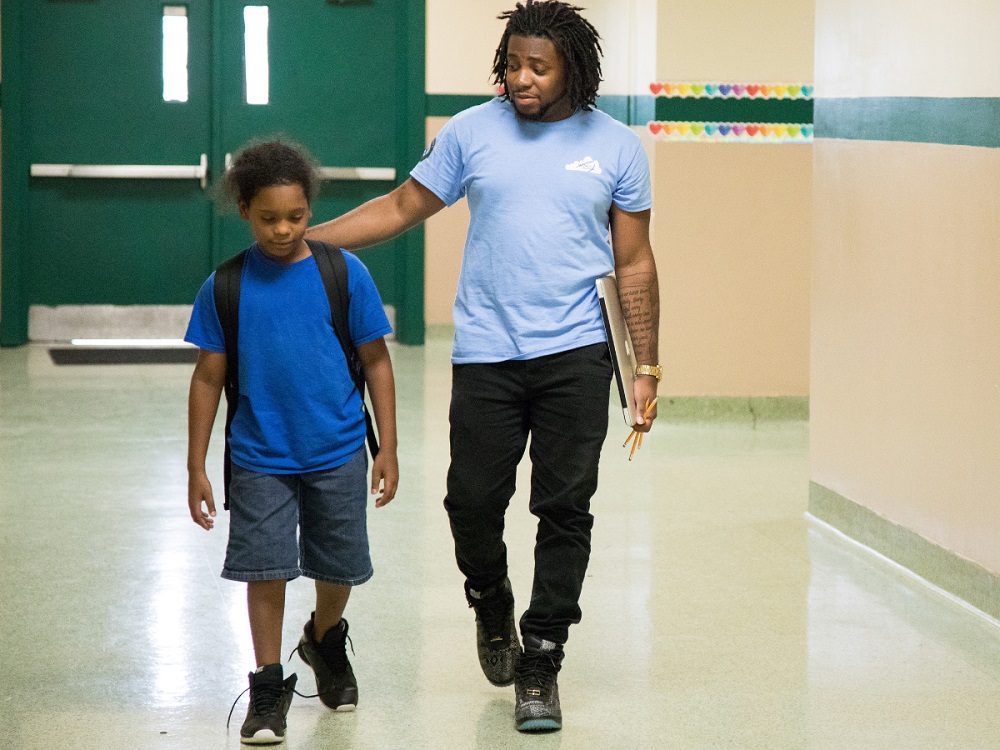It’s an understatement to say kids were hit hardest by the pandemic—and we’re not just talking academically. Some kids—especially in under-resourced areas—lack access to vital necessities that school provides: food, dental care, nursing services, occupational and speech therapy, mental health services, and more. When schools closed, there were few places to turn for help.
While we desperately want to believe the effects of the pandemic have waned and kids can easily return to life as before, the truth is we are ALL still grappling with the universal feelings of disconnection—and it will take more than schools reopening to heal.
This is why creating a secure, predictable environment for our children to learn and grow will continue to help them build the skills they need to be engaged in learning, catch up from over a year of loss, and prepare them for the future that lay ahead.

“It’s important to note that the best way to help children feel supported is by taking the time to actively listen to children’s needs. It’s not always easy to get kids to verbalize their thoughts and feelings, but taking the time to show them that you care can make a world of difference.”
So, what steps can teachers and caregivers take to provide kids with a supportive, secure, and safe environment in which to thrive?
Here are some simple ways to help children express their emotions, help them feel understood, and reinforce the social emotional skills they are learning.
Carve Out Time For Social and Emotional Learning Activities
Try a few simple foundational SEL strategies for the classroom (or at home):
- Journaling – Encourage children to express their feelings on paper
- Daily greetings – Smile warmly and greet each other by name; use whole group greeting activities
- Incorporate art – Use visual arts to document and express feelings
- Talk about identifying and managing emotions: engage in a group discussion about emotions and effective and safe ways to express them in class
- End the day with optimistic discussion. Some examples might sound like:
“What I learned today is …”
“I am looking forward to tomorrow because …”
“What I might do differently is…”
Establish Clear and Predictable Expectations and Routines
Overcommunication with students about expectations and schedules both in the home and in class or program time help students understand what’s coming next. Establishing concrete procedures when possible allow for predictability and routine. If students are slow to adjust to new routines or classroom changes, slow things down and take a deep breath. Kids need time and space to absorb what’s expected of them and then to practice it. In today’s school climate, even routines require flexibility.
Involve Parents and Caregivers
Parents play a uniquely valuable role in providing children with feelings of stability and comfort. Encourage families and caregivers to help establish routines at home. Demonstrate the value of morning routines to start the day off on the right foot with regular wake-up times, meals and bedtimes (as similar as possible). Consistency is significant to a child’s well-being. Establishing Rituals & Routines for these daily activities adds an opportunity for connection and a chance to reassure the child’s safety and stability. Mealtimes are a great time to have family meetings and connect with one another. Start a conversation by asking, “what was the hardest and easiest for you today?” or “what are you thankful for today?” and share your own experience too. Follow up with questions about what the next day will look like and how they can make the most of it.
Be an Active Listener
That means giving your full attention and listening to both a student’s words and tone of voice. When you use active listening, think through and state in your own words what you think you’ve heard. You can then confirm by asking, “Is that what you’re telling me?” That simple question gives students an opening to correct any misunderstanding and shows respect for their perspective. Check in with children and ensure their feelings are heard. Questions such as “tell me how you’re feeling” and “what is that like for you?” are important.
By using these techniques, you’ll show students you want to understand them better and value them as individuals. Clearly, the exact approach will differ for younger and older students, but helping kids feel safe and supported in your classroom and at your school will set your students up to thrive. In fact, you’ll be setting the stage to help every student love learning.





